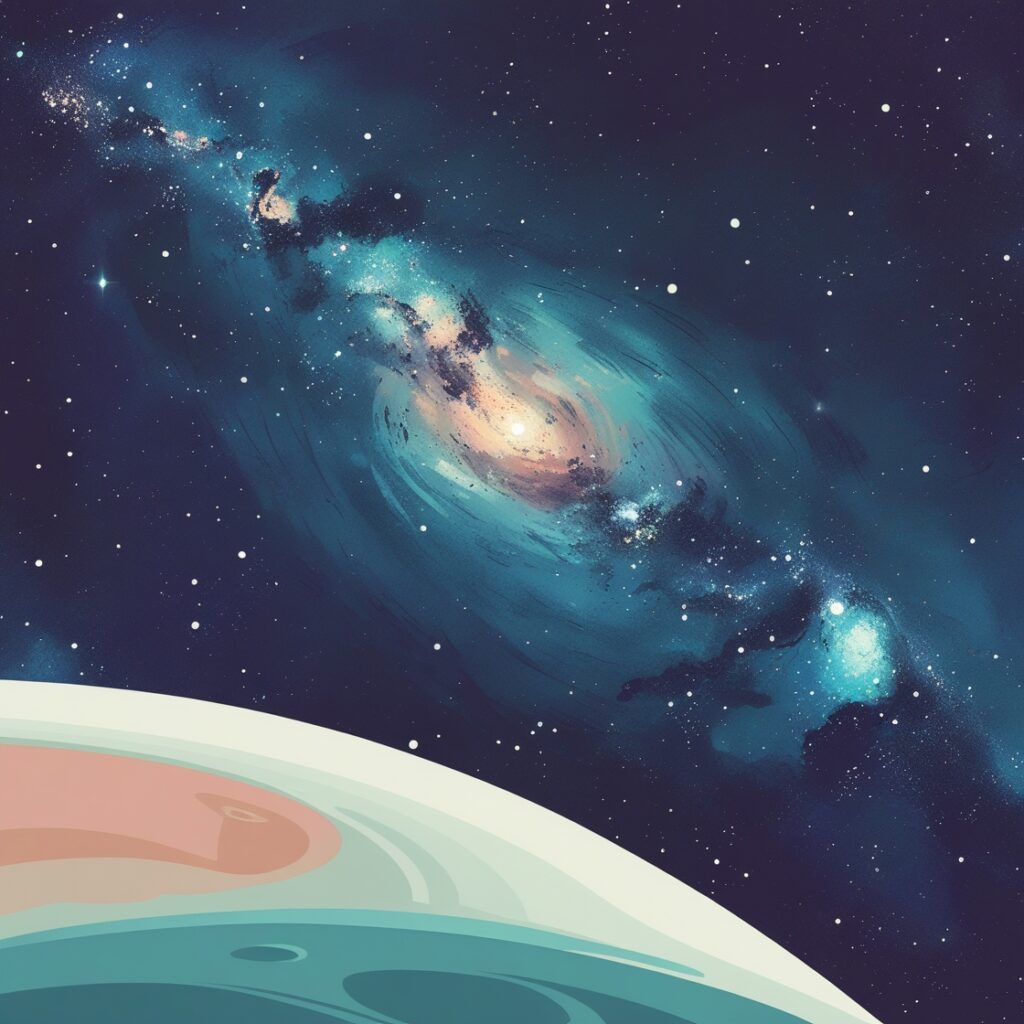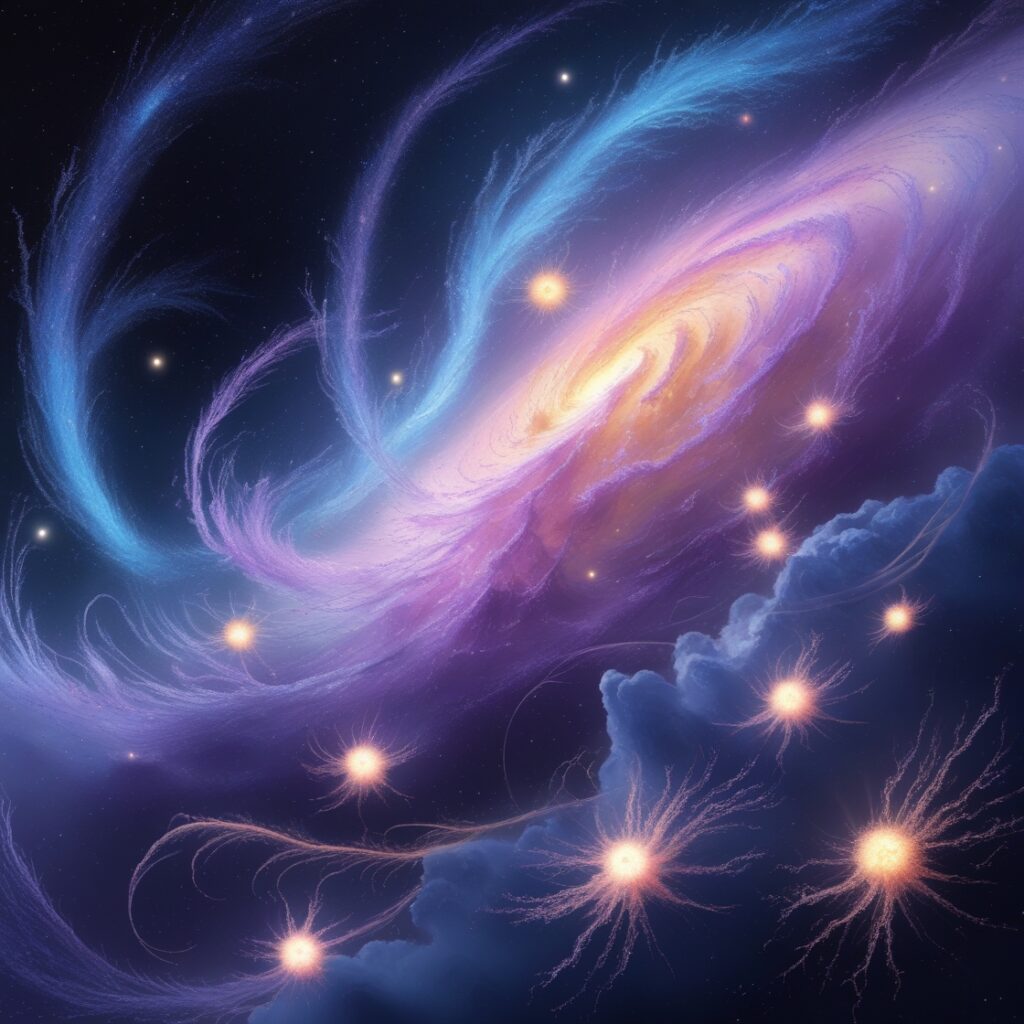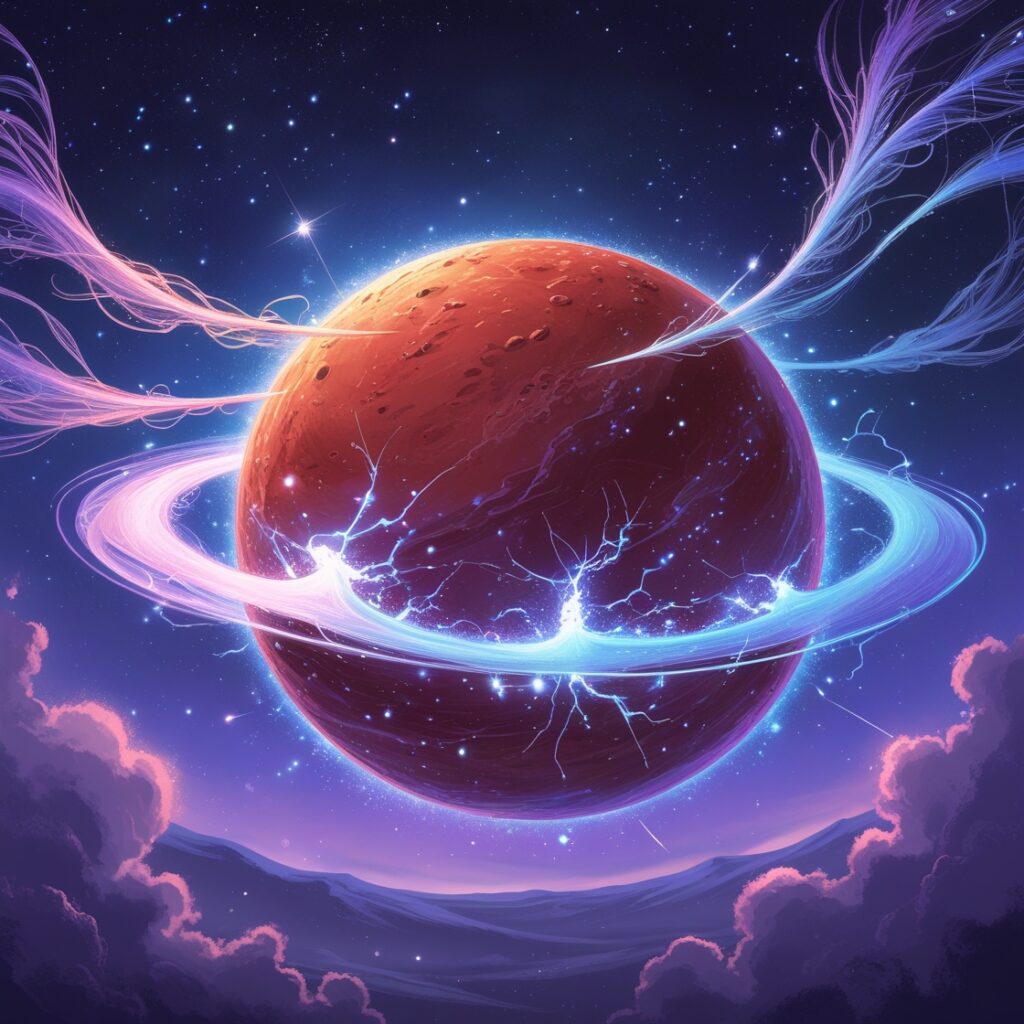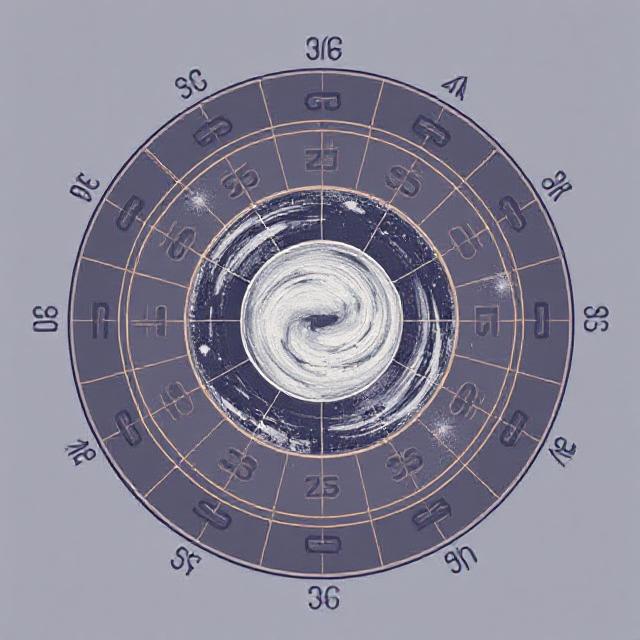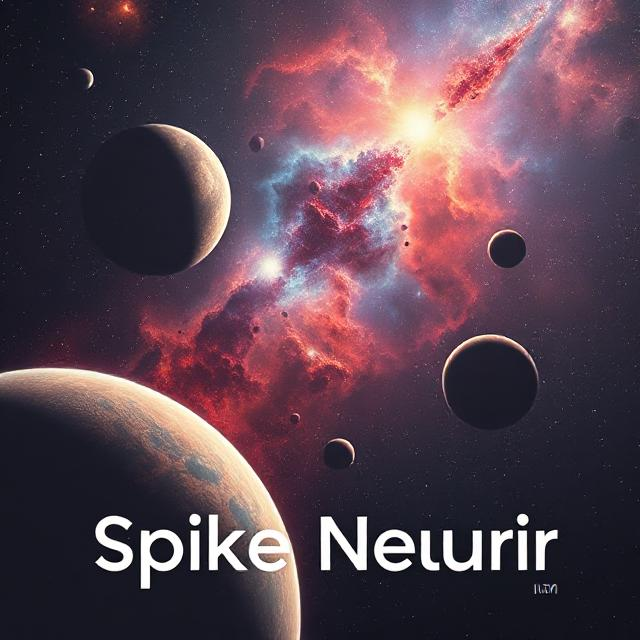Why Do Globular Clusters Stay Intact Over Time?
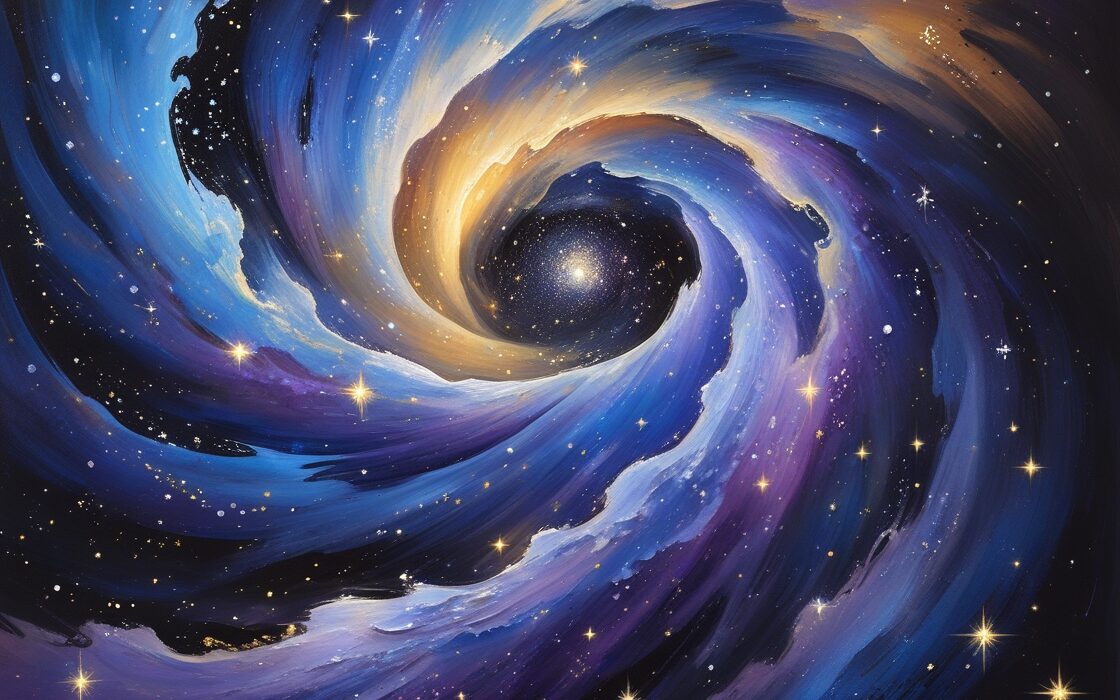

The Eternal Dance of Stars: How Globular Clusters Endure
Deep in the cosmic ocean, globular clusters ancient, spherical assemblies of stars gracefully persist in their celestial ballet. These clusters, as old as the galaxies they reside in, showcase a mesmerizing interplay of stars orbiting a common center of mass. This orbital movement is key to maintaining the cluster’s integrity, much like how planets in our solar system keep from hurtling into the Sun.
The Mechanics of Cosmic Harmony
In the vast expanse of a globular cluster, stars glide along their orbits, their angular momentum acting as a safeguard against catastrophic collapse. But what prevents these stars from colliding, given their close proximity?
A Rare Celestial Encounter
Star collisions within a cluster are akin to hitting a moving target with another moving target possible but exceedingly rare. Though stars are closer in clusters compared to solitary stars, the average distance between them is about one light-year. This substantial spacing reduces the likelihood of frequent collisions.
Exceptions to the Rule
However, exceptions exist. In densely populated cluster cores, where stars can be separated by mere light-hours, collisions do occur. Such interactions might give rise to intriguing phenomena like blue stragglers. These unusual stars, appearing younger and more massive than their peers, could be the result of two older stars merging, reigniting their stellar lifecycle with newfound energy.
Gravitational Interactions: A Cosmic Exchange
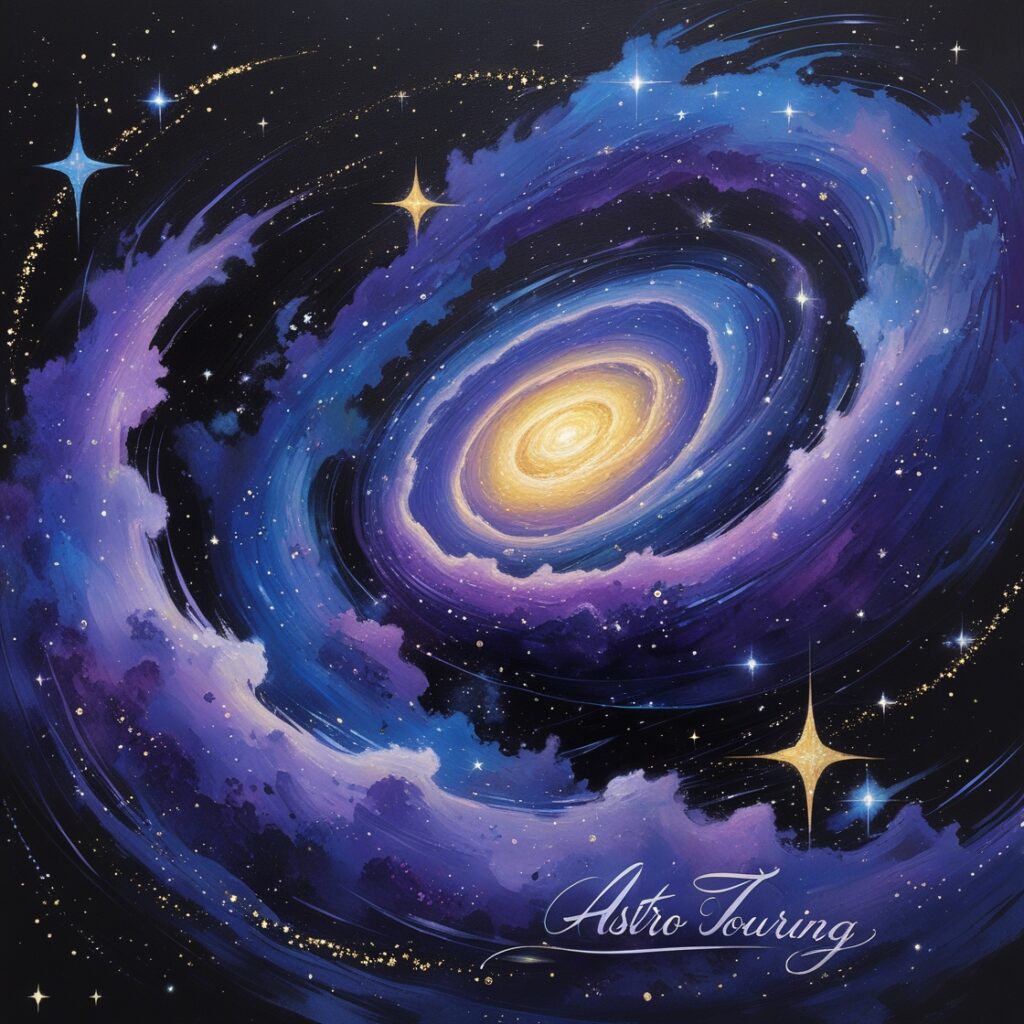

Even without direct collisions, stars within globular clusters frequently interact through gravitational forces. When two stars pass in close proximity, they may exchange energy. This exchange can alter their orbits, sending one star further out while the other spirals closer to the center. Over time, this dynamic reshuffling leads to heavier stars gravitating towards the cluster’s core, while lighter ones are pushed outward or ejected altogether.
Globular clusters exemplify the delicate balance and intricate dynamics that govern cosmic structures. Through a combination of angular momentum and gravitational interactions, these stellar ensembles have withstood the test of time, continuing their ancient dance across the universe.



